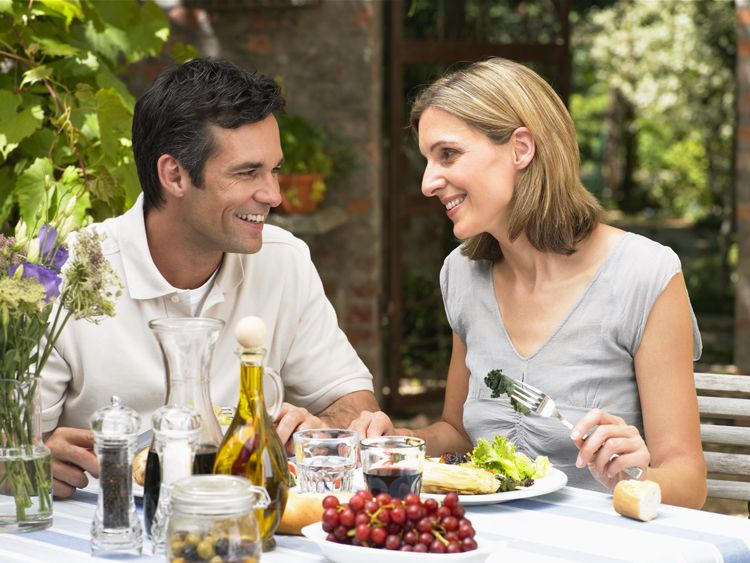
Recipes reflect memories that tend to indoctrinate our senses and, sometimes, our behavior. These formulas are cherished documents from past generations begging to be reinvented by present relationships. This unique enjoyment of food, wine, and display of tradition is something to express, preserve and relish in.
What emotions does food invoke?
Food is fuel. Food offers comfort, security, satisfaction. Above all, the things that we eat become associated with certain people, places in time, and special events. Why? Food stirs emotions in each of us, altering body chemistry and stimulating senses while ensuring survival. It also affirms our ability as humans to tie food to events, people, and places in time.

My genetic code for food comes from the Pacific Northwest: America’s Premier Culinary Region
With the vast variety of homegrown ingredients – an abundance of delicious seafood, meat, game, and produce – the northwest U.S. has each ingredient needed to rival regional culinary powerhouses. Chefs and savvy cooks are currently creating and sharing some of the freshest, healthiest, and most original meals that the world has to offer and foodies worldwide are taking note. In the PacNW, we celebrate all four seasons, and each change in season brings a welcome modification in the way we eat. From the Dungeness crab of the icy Puget Sound to the Cabernet Sauvignon vines of eastern Washington – the northwest is known for bountiful harvests, exquisite seafood, robust organics and impeccable wines. As in most things in life, balance is required to create remarkable dishes. This region benefits from ideal growing conditions and locals take full advantage.
- Clean Air: Purified by a long journey of over 6,000 miles from Asia across the open ocean, PacNW air is among the cleanest in the world.
- Fresh Water: Our rain comes mostly from the southwest, picking up moisture from the sub-tropical Pacific.
- Growing Temperatures: The temperate climate makes plants grow more slowly. Slow growth allows for greater absorbency of nutrients from the soil, which increases flavor quality. Temperate climates, as opposed to warmer ones, have fewer species of harmful insects, mold and bacteria. (Photo Credit Stefanie Payne)
- Agriculture: As consumers, we support and reward our farmers and ranchers for practicing social and environmental responsibility – our sustainable agriculture depends on them.
- Wine: With over 400 wineries, Washington State is the second largest producer of wine in the United States. Long, warm, and humid summer days, along with cool night temperatures create a climate that produces wines with an exceptional balance of fruit, tannins and body.
- Seafood: There are bountiful species of seafood in the eastern Pacific Ocean and in Washington’s inland lakes and streams. Seafood from this region is known to have lower levels of mercury and a higher content of omega-3 acids, making them safer, healthier and more delicious to eat. A few of our favorite local specialties are trout, halibut, oysters, crab, clams, and of course salmon – the reigning fish of the region.
- Coffee: Coffee consumption began in Arabia more than 1,800 years ago, but it was Seattle that put premium specialty coffee on the map in the early 1980’s.
- Beer: Washington is the powerhouse in the growing of hops, leading the world with 77% of the world’s production. It seems that a huge variety of microbrews (or craft beers) are served in almost every restaurant in the region.


Cooking for All Five Senses
Great cooks know that it is necessary to rely on all of your senses to create the perfect dish.
Touch: Touch is essential in choosing the freshest and ripest ingredients.
Hear: Listen to your food cook. You are hearing the ingredients take form.
Smell: The aroma is what draws guests towards your kitchen (or drives them away from it!)
See: Visualize the arrangement of vibrant colors and shapes. This adds aesthetic appeal that stimulates the taste buds of your family and friends.
Taste: The final product and value of your cooking – your reward! This is what turns a meal into a memory.
What is your genetic code for food?
(Photo Credit Janie Airey | Lifesize | Thinkstock)









